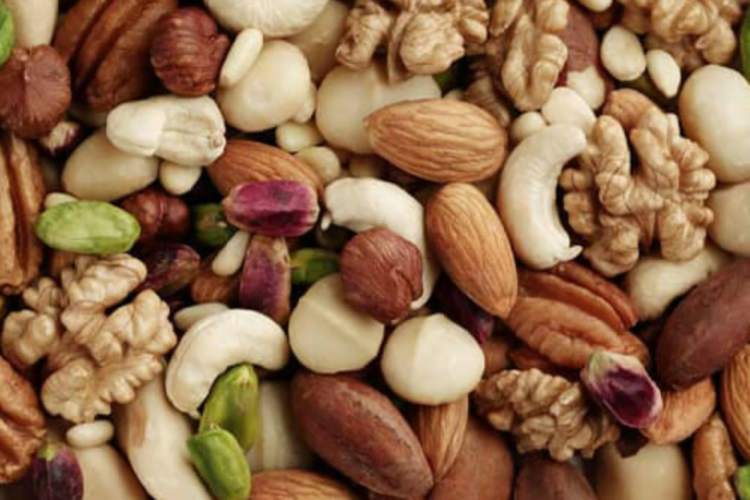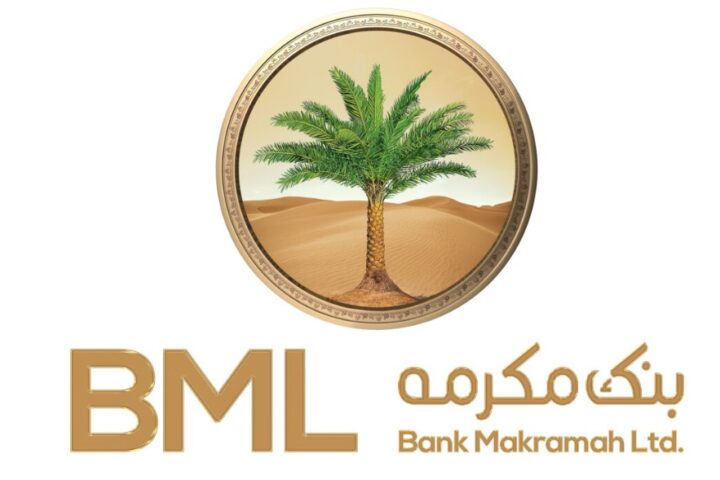
Inflation in Pakistan has been on the rise in recent months, and in December 2021, it reached a high of 24.5%. This marks a significant increase from the previous month, when inflation was at 22.5%, and is the highest rate of inflation the country has seen in over a decade.
There are a number of factors that have contributed to the rising inflation in Pakistan. One of the main drivers has been the increasing cost of food and other essential goods, which has been driven by a combination of supply chain disruptions and rising global commodity prices. The COVID-19 pandemic has also played a role, as it has disrupted global trade and led to shortages of certain products.
Another factor contributing to the high rate of inflation in Pakistan is the country’s precarious fiscal situation. Pakistan has been grappling with a large fiscal deficit and a high level of debt, which has put pressure on the government to print more money to meet its financial obligations. This, in turn, has led to an increase in the supply of money, which has contributed to rising prices.
The high rate of inflation has had a number of negative consequences for the people of Pakistan. It has reduced the purchasing power of the country’s currency, making it harder for people to afford basic goods and services. It has also led to increased uncertainty and instability, as people struggle to plan for the future in the face of rising prices.
Overall, the high rate of inflation in Pakistan is a cause for concern and highlights the need for the government to take action to address the underlying economic and fiscal challenges facing the country.
Topics #Breaking #Breaking News #city magazine #Economy #featured #News #Pakistan



